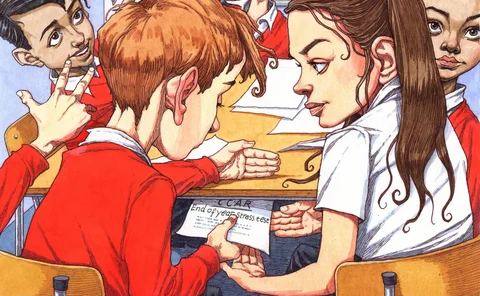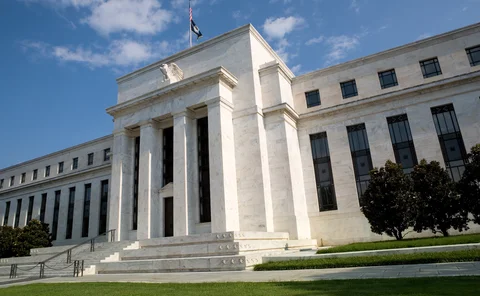CCAR
WHAT IS THIS? The Comprehensive Capital Analysis and Review (CCAR) is a stress test carried out by the US Federal Reserve. It aims to establish whether the largest banks have enough capital to cope with a severe economic shock, and vets their risk modelling practices – creating an annual cycle that has driven huge investments in staff and systems at many banks.
Fire drills, initial margin issues and Libor replacement
The week on Risk.net, February 1–7, 2020
Fed’s stress tests to gauge banks’ leveraged loan risks
CLOs to suffer “severe corrections” under 2020 scenario
Fed’s rush to complete stress buffer likely to unnerve banks
Quarles wants to include it in 2020 CCAR cycle, making bank capital planning difficult
Competitive differentiation – Reaping the benefits of XVA centralisation
A forum of industry leaders discusses the latest developments in XVA and the strategic, operational and technological challenges of derivatives valuation in today’s environment, including the key considerations for banks looking to move to a standardised…
Mid-cycle stress tests tougher on banks than DFAST
Median CET1 ratio drops 200bp more under mid-cycle than Fed-run tests
BNY, Goldman, HSBC lag in mid-cycle stress tests
Periodic health checks show banks would hurdle regulatory minimums under severe market crisis
Stress-testing: still worth the stress?
There may be more efficient ways to assess if banks are misjudging their risks
Stress-testing to improve strategic decision‑making
Banking regulators remain focused on expanding and developing the range of stress-testing regimes across the globe to maintain stability, monitor emerging risks and avoid another financial crisis. Here, a forum of industry leaders discusses the evolution…
Following Fed changes, Morgan Stanley’s leverage bind to loosen
Bank chief cannot see capital requirements going up when stress capital buffer and new SLR come into effect
In stress-test window-dressing, timing is everything
EBA and Fed stress tests would have to be in perfect sync to stamp out transatlantic arbitrage
How banks game stress tests: the ‘shocking’ truth
Leaked memo exposes effort to swap out risky assets despite Fed’s push to end “window dressing”
Q&A: CFTC’s Behnam on tackling market risk in climate change
Commissioner wants to see new derivatives products to help mitigate climate threat
Post-CCAR share buybacks up 30% for US G-Sibs
Dividend up 18% on average following latest stress test cycle
EU stress tests not as tough as financial crisis
Projected GDP decline for Spain, Ireland and Italy milder than during the credit crunch
Fed stress test AOCI wallop softens in 2019
Fourteen participants see projected capital drain due to unrealised losses drop 63% year-on-year
Double jeopardy: CCAR and the countercyclical buffer
Some US regulators want to hike capital while times are good; banks say Fed’s stress test already does
DFAST market shock accounts for a quarter of big bank losses
Trading and counterparty losses hit $88.1 billion for banks subject to global market shock
Banks to Fed: reshape CCAR for peacetime
But Quarles deflates mood: banks using their own models for capital is “not under active consideration”
DFAST: JP Morgan accounts for one-fifth of projected losses
Bulk of losses would come from bank’s loan portfolio, projected to incur total losses of $60.3bn
CCAR: JP Morgan, Capital One adjust planned capital actions
Two banks see stressed capital ratios fall below regulatory minimums at first attempt
ABA scenario analysis project could aid CCAR comparability
Scheme to agree on common risk drivers could help Fed benchmark risk exposures, says JP op risk expert
Deutsche’s stress-testing models are surprisingly accurate
DB USA's projections precisely matched the Fed’s estimates for the second year in a row
US banks improve stress test projections
Gap between internal projections and the Fed's model outputs shrinks to 118 basis points
Banks hurdle Fed stress tests with ease
Aggregate post-stress CET1 capital ratio of 18 participants well above regulatory minimum at 9.2%












